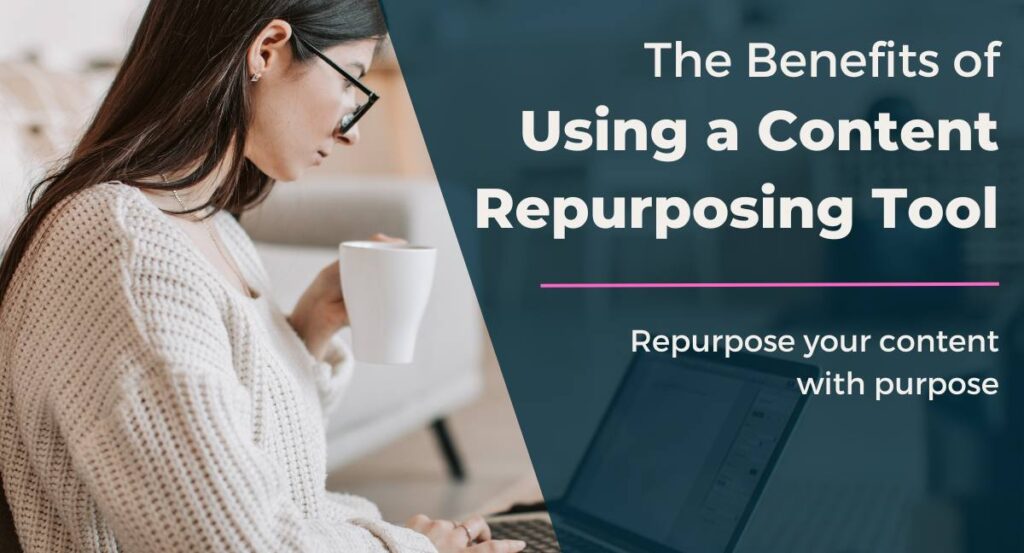
As the world of digital marketing continues to grow and evolve, businesses are constantly searching for new ways to stay ahead of the competition.
Content marketing is an essential aspect of any successful digital marketing strategy, but creating quality content can be both time-consuming and expensive. This is where content repurposing comes in, and with the help of a content repurposing tool, the benefits can, quite frankly, be endless.
So let’s figure out how you can repurpose the content you already have, as well as a few repurposing tools to help you get the job done with less effort or time. Here we go!
AFFILIATE DISCLAIMER: I SOMETIMES LINK TO PRODUCTS AND SERVICES TO HELP COVER THE COSTS OF RUNNING THIS BLOG. THERE’S NO EXTRA COST TO YOU – AND I ONLY RECOMMEND PRODUCTS THAT I’VE BOTH USED PERSONALLY AND THINK ARE QUALITY PRODUCTS THAT HELP WITH EFFICIENCY. PLEASE READ MY AFFILIATE DISCLOSURE FOR MORE INFORMATION. THANKS FOR YOUR SUPPORT!
Table of Contents
- What is Content Repurposing?
- Top Content Repurposing Tools
- Benefits of Content Repurposing Tools
- How to Effectively Use a Content Repurposing Tool
- Conclusion
What is Content Repurposing?
Content repurposing is the process of taking existing content and transforming it into a different format, without compromising its quality. This could include turning a blog post into a podcast or creating infographics from a webinar.
The key is to create new content that’s relevant, engaging, and well-suited to the platform on which it will be shared.
However, content repurposing is not simply about copying and pasting content from one platform to another. It requires careful consideration of the target audience, the message you want to convey, and the format that’ll be most effective in achieving your goals.
I like to think of this as repurposing the content topic, rather than just repurposing the content itself.
You’re taking the topic from your original piece of content and making it suitable for a new platform. Even if the effort needed to create new content, you’re still saving time and energy by repurposing the content topic.

For example, repurposing a blog post into a video requires additional visual elements and a more conversational tone to keep viewers engaged.
On the other hand, repurposing a webinar into an ebook requires a more in-depth analysis and a clear structure to guide readers through the content. But overall, you’re still saving time by starting partway into the content creation process, rather than starting from scratch.
Definition and Importance of Content Repurposing
Repurposing content is quickly becoming an important aspect of digital marketing, with more and more businesses incorporating it into their strategies.
The reason for this is simple: content repurposing allows you to maximize the value of your existing content, saving both time and resources in the process.
Creating new content from scratch can be time-consuming and resource-intensive.
By repurposing existing content, you’ll leverage the hard work you’ve already done and create new, high-quality content in a fraction of the time. This not only saves you time and money, but it also allows you to focus on creating new and more content that’s truly unique and valuable to your target audience.
Additionally, content repurposing enables you to reach new audiences and expand your reach. By creating content in different formats, you can appeal to different learning styles and preferences, making it more likely that your content will resonate with a wider audience.
Finally, content repurposing can improve your overall marketing ROI. By maximizing the value of your existing content and reaching new audiences, you can generate more leads, increase brand awareness, and ultimately drive more revenue for your business.
The Role of Content Repurposing in Digital Marketing
Content repurposing plays a critical role in digital marketing, as it allows you to expand your reach and visibility across multiple platforms.
Social media platforms in particular provide a unique opportunity to share repurposed content, as they allow for a wide range of content types to be shared.
For example, a blog post could be repurposed into a series of social media posts, each highlighting a key point or statistic from the original post.
Or a webinar could be repurposed into a series of short videos or reels, each focusing on a specific topic or question covered in the original webinar.

By repurposing content across various platforms, you’ll capture the attention of different audiences and engage with them in different ways. This not only helps to build brand awareness and loyalty, but it also helps to establish your business as a thought leader in your industry.
Overall, content repurposing is a powerful tool if you’re looking to maximize the value of your existing content and reach new audiences.
By carefully considering the target audience, message, and format, you’ll create new, high-quality content that resonates with your audience and drives real results.
Top Content Repurposing Tools
Repurposing content can be a game changer for your content marketing strategy. It allows you to reach a wider audience and get more mileage out of your existing content. However, choosing the right content repurposing tool can make all the difference in the success of your strategy.
There are a number of tools available on the market, each with their own unique features and benefits. Which means it’s important to find the tool that works well for you, your business, and the lifestyle that you have or want to have.
Does it help lessen your workload or simply add to it? Make sure you consider your time commitment as you decide which tool or tools are right for you.
Criteria for Choosing the Right Tool
When choosing a tool for content repurposing, there are several essential criteria to consider. First and foremost, the tool should be easy to use and understand. You don’t want to waste time trying to figure out a complicated tool when you could be creating and sharing content.
Additionally, the tool should be compatible with your existing marketing tools, such as your social media management platform or content management system.
Finally, the tool should provide the ability to track results and performance metrics, so you can measure the success of your efforts.
Popular Content Repurposing Tools and Their Features
There are many content repurposing tools available, but some stand out for their unique features and benefits. Here are a few of the most popular:
Canva
Canva is a graphic design platform that allows businesses to create custom images, infographics, and other graphics to be used across various social media channels. With Canva, you can choose from a wide range of templates and design elements to create eye-catching visuals that will help your content stand out.
You can even create content and post right from Canva, so you can create graphics for Pinterest and repurpose those graphics for other social channels. Using some of Canva’s newest tools, you can use AI to create your content even faster. For example, Canva’s Magic Write feature helps you create content with the help of an AI writing tool.
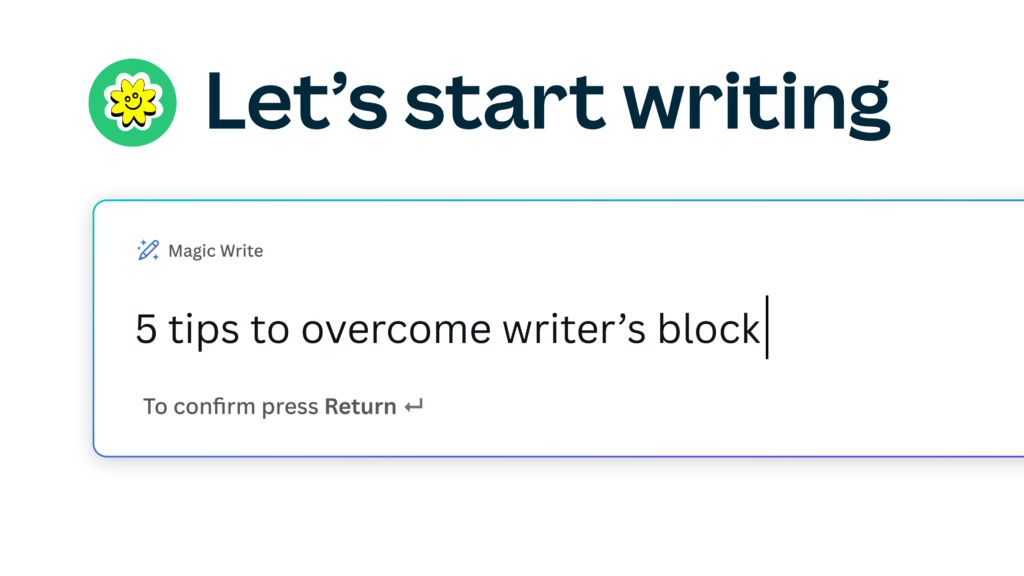
Key Features of Canva:
- AI Magic Writer – AI Writing Assistant
- Text to Image AI image generator
- Stock photos for graphics
- Stock videos for b-roll with text overlay
- Auto create presentations with
- Brand Kit for branded templates
- Plan and schedule content in one place
- Magic Design (Beta) for easily creating presentations inspired by your media
- Turn any piece of content into new content using templates
Perfect for any content creator to repurpose content into a graphic or video for the best visual communication. Quickly and easily create social media content using the AI Magic Write tool.
Use templates to easily create infographics, social graphics, and video graphics. Or quickly create slides for a webinar that are inspired by and created with your own media.
Repurpose.io
Repurpose.io is a powerful content repurposing tool that allows you to easily transform your existing content into various formats and distribute it across multiple platforms. With Repurpose.io, you easily simplify the process of repurposing your content, so you’re able to reach a wider audience.
Key Features of Repurpose.io:
- Automated Content Distribution
- Multimedia Conversion
- Customizable Templates
- Automated Transcriptions
- Social Media Scheduling
- Analytics and Insights
Perfect for those that want an Omnichannel presence online without adding a ton more work to their already busy schedule.
Vidyo.ai
Vidyo.ai is a video editing tool that allows you to take your existing longform videos, webinars, or podcasts and create new, short videos in minutes.
In three easy steps, you’ll have shortform videos ready to use. First, you upload your original, long video or audio file. Second, you set your platform requirements, like your video format and templates. Third, wait for your short videos to be made in minutes.
You can customize your colors, fonts, subtitles, and more.
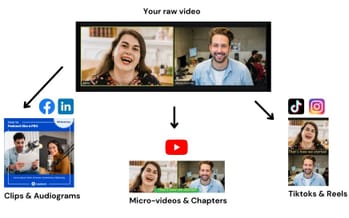
Key features of Vidyo.ai:
- Auto-Video Captioning
- Video Resizing
- Video Clipping
- Auto Video Chapters
- Social Media Templates
- 1080p Video downloads
Perfect for longform video creators, podcasters, service providers using video conferencing, and even webinar creators.
MeetEdgar
MeetEdgar is an automated content scheduling tool that can help you streamline your social media efforts. With MeetEdgar, you can create a library of evergreen content that can be shared repeatedly over time. This saves you time and effort in creating new content, while still keeping your social media channels active and engaging. Essentially, you’re creating a continuous stream of engaging content using a pre-curated library of posts.
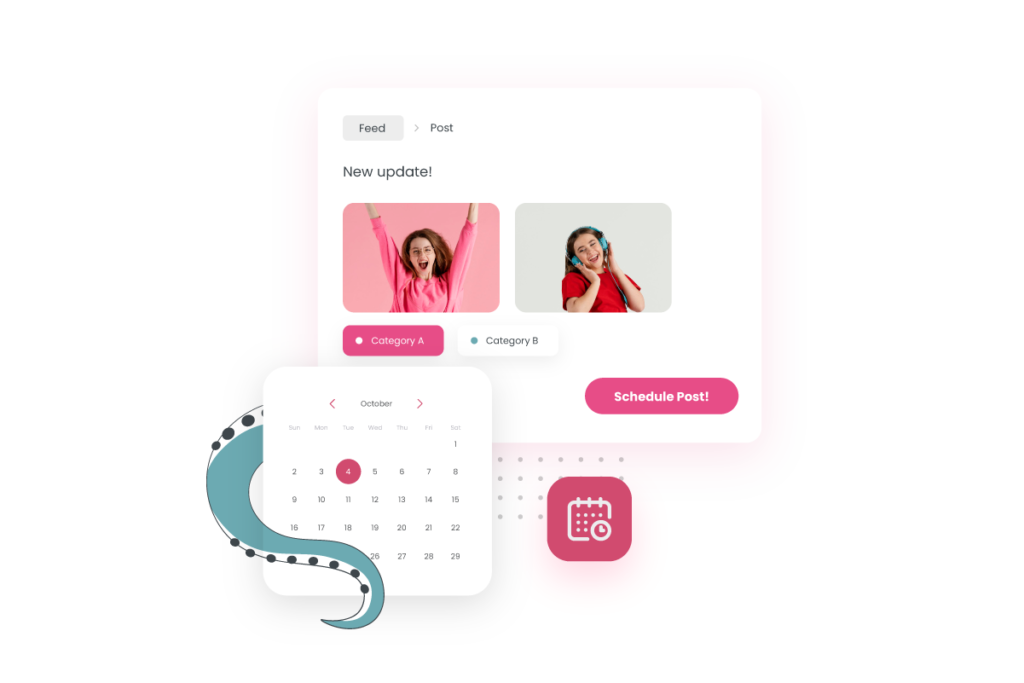
Key Features of MeetEdgar:
- Automatically repurpose and republish your evergreen updates for you
- Helps you build a bottomless library of evergreen content
- Edgar will post even when you don’t have time to manually schedule updates
- Auto schedules for TikTok, Instagram, Twitter, LinkedIn, Facebook, Pinterest, Google Business Profile
Perfect for content creators that have a large library of longform content they’ve already created.
Overall, choosing the right content repurposing tool can help you get more mileage out of your existing content and reach a wider audience. By considering the criteria mentioned above and exploring the features and benefits of each tool, you’ll find the one that best fits your marketing goals and needs.
Related Article: Types of Content Marketing: Why It’s Important to Your Business
Benefits of Content Repurposing Tools
The benefits of using a content repurposing tool can be significant and can greatly impact the effectiveness of your marketing strategy. Here are just a few of the advantages:
Time and Resource Efficiency
Repurposing content enables you to save valuable time and resources by using existing content in new and creative ways. This means that content can be produced more quickly and efficiently, without sacrificing quality.
For example, a blog post can be repurposed into a social media post, video, infographic, or even a podcast. This not only saves time and resources, but also allows the content to reach a wider audience on different platforms.
Improved SEO and Organic Reach

By repurposing content and sharing it across a variety of platforms, you can improve your organic reach and visibility online. This leads to higher search engine rankings and increased traffic to your website, ultimately resulting in more leads and conversions.
Furthermore, repurposing content helps target specific keywords and phrases, which improves your overall SEO efforts and drives more traffic to your website. Not sure what to do to improve your SEO efforts? Check out the Ultimate SEO Guide.
And just to make sure, let’s quickly discuss what organic traffic is and how you get more of it. Organic traffic is simply that traffic that comes from content online that you aren’t paying for in terms of ads.
Content marketing efforts do have some costs involved because you’re using your time to create, but you aren’t paying for ads on Google, Instagram, LinkedIn, etc. It organically happens as a result of your content marketing efforts. Creating content strategically, targets a very specific group of people so you’re getting warm leads that are ready to convert.
Enhanced Audience Engagement
Repurposing content allows you to reach new audiences and engage with them in a way that’s unique to each platform. This can lead to higher levels of engagement and interaction, as well as increased brand awareness and loyalty.
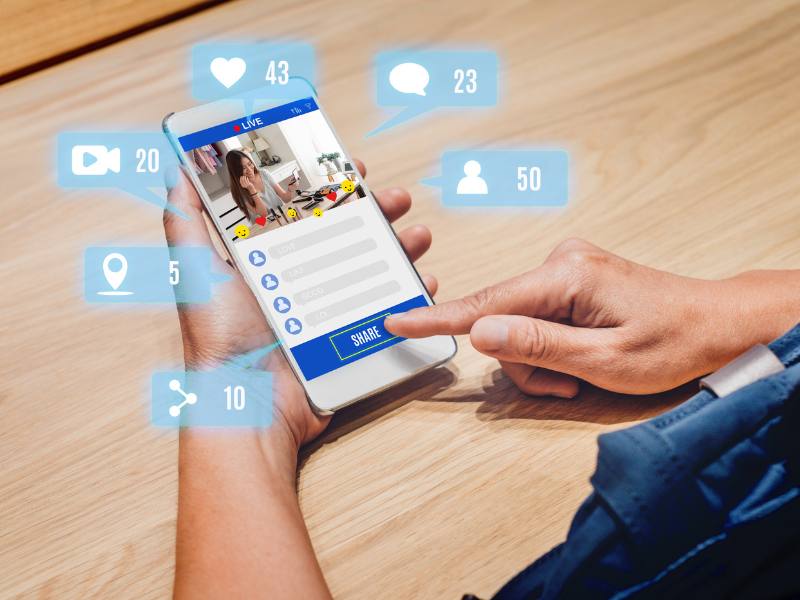
For example, a blog post can be repurposed into a visually appealing infographic that’s easy to share on traditional social media channels like Instagram or LinkedIn, and it can especially be used for visual search engines like Pinterest. This attracts a new audience who may not have been interested in reading the original blog post, but does spend their time on other social or online platforms.
Increased Content Lifespan
By repurposing content, you’ll extend the lifespan of your existing content, maximizing its value and relevance over time. This means you’ll continue to drive traffic and engagement long after the initial piece of content is published.
For example, a blog post that was published a year ago can be repurposed into a video or podcast episode, breathing new life into the content and attracting a new audience who may have missed it the first time around. And it requires less effort on your part, as you already created this piece of content, you’re simply repurposing it into a different format to fit a different online platform.
In conclusion, content repurposing tools offer numerous benefits that can greatly enhance a business’s marketing strategy. By saving time and resources, improving SEO and organic reach, enhancing audience engagement, and increasing content lifespan, you’ll not only maximize the value of your existing content but you’ll also reach a wider audience on multiple platforms.
How to Effectively Use a Content Repurposing Tool
To get the most out of your content repurposing tool, it’s important to follow a few key steps:
Identifying Your Goals and Objectives
Before you begin repurposing content, it’s important to identify your goals and objectives. This helps you to create a strategy that is aligned with your overall marketing objectives and ensures that your repurposed content is relevant and effective.

Selecting the Right Content for Repurposing
Not all content is suitable for repurposing. Always select the right content that’s relevant to your target audience and will be effectively repurposed into a new format. This could include blog posts, longform videos, podcasts, infographics, reels, and many more types of content.
Creating a Content Repurposing Strategy
Finally, it’s important to create a content repurposing strategy that outlines the types of content to be repurposed, the platforms on which it will be shared, and how it will be promoted and measured. This will ensure that your repurposed content is consistent, effective, and aligned with your overall marketing objectives. Above all else, repurpose your content with purpose.
Conclusion
Content repurposing is a valuable tool if you’re looking to maximize the value of the content you’ve already created. And it helps increase your visibility online. With the help of a content repurposing tool, you’ll be able to streamline your content marketing efforts and reach new audiences in unique and creative ways.
By following the steps outlined above and selecting the right tools for your specific needs, you’ll be able to take advantage of the numerous benefits that content repurposing has to offer.
Not sure where to go next? Check out 7 Tips for Creating Killer Content.
-
10 SEO Myths and Facts: And how they’re crucial to your SEO success
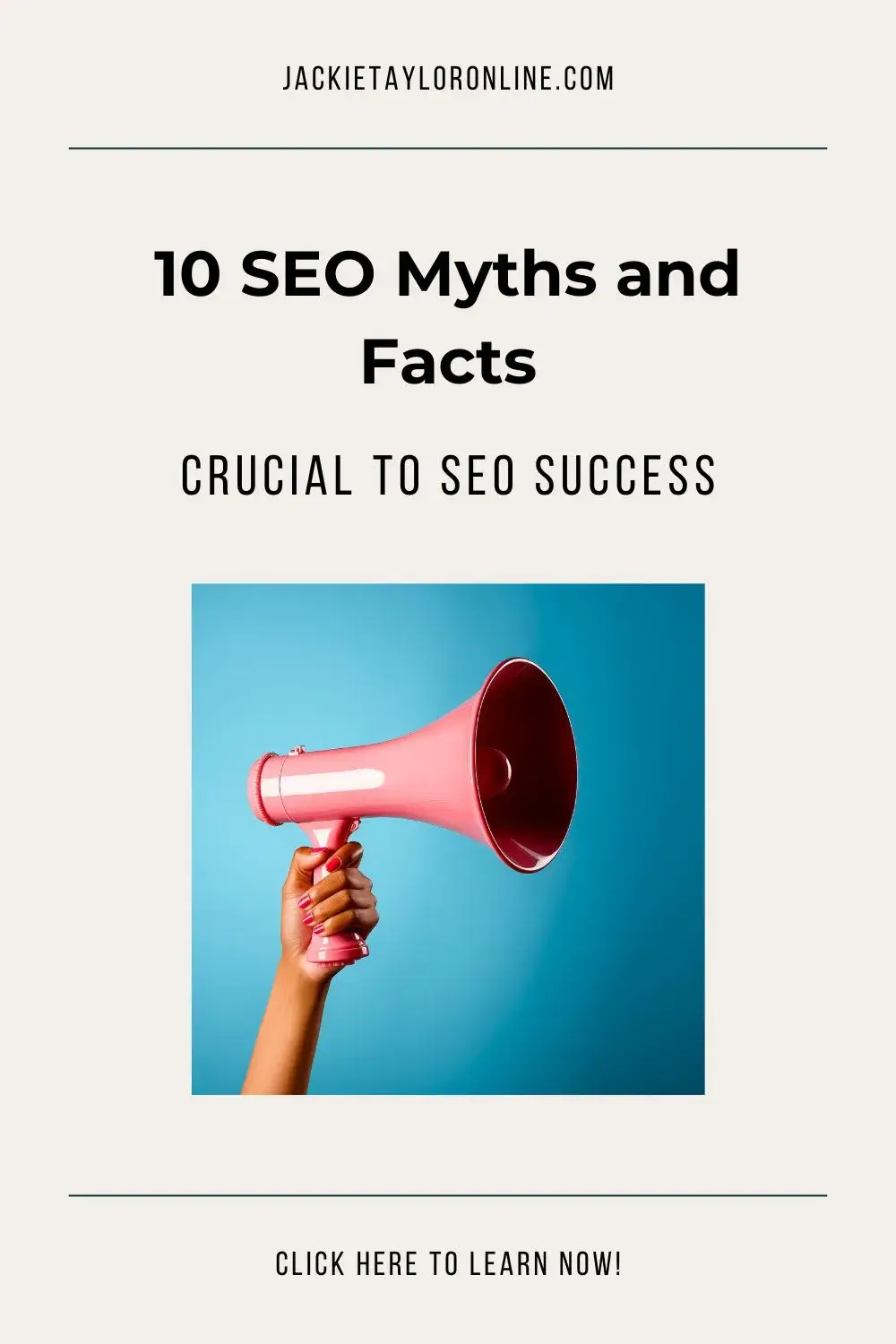
Search engine optimization (SEO) can be intimidating. I get it. Especially with all the common SEO myths and facts out there today. So I’m going to get straight to the point with these top 10 SEO myths. And the truth behind each. Because you need to know what areas of SEO are important and whats…

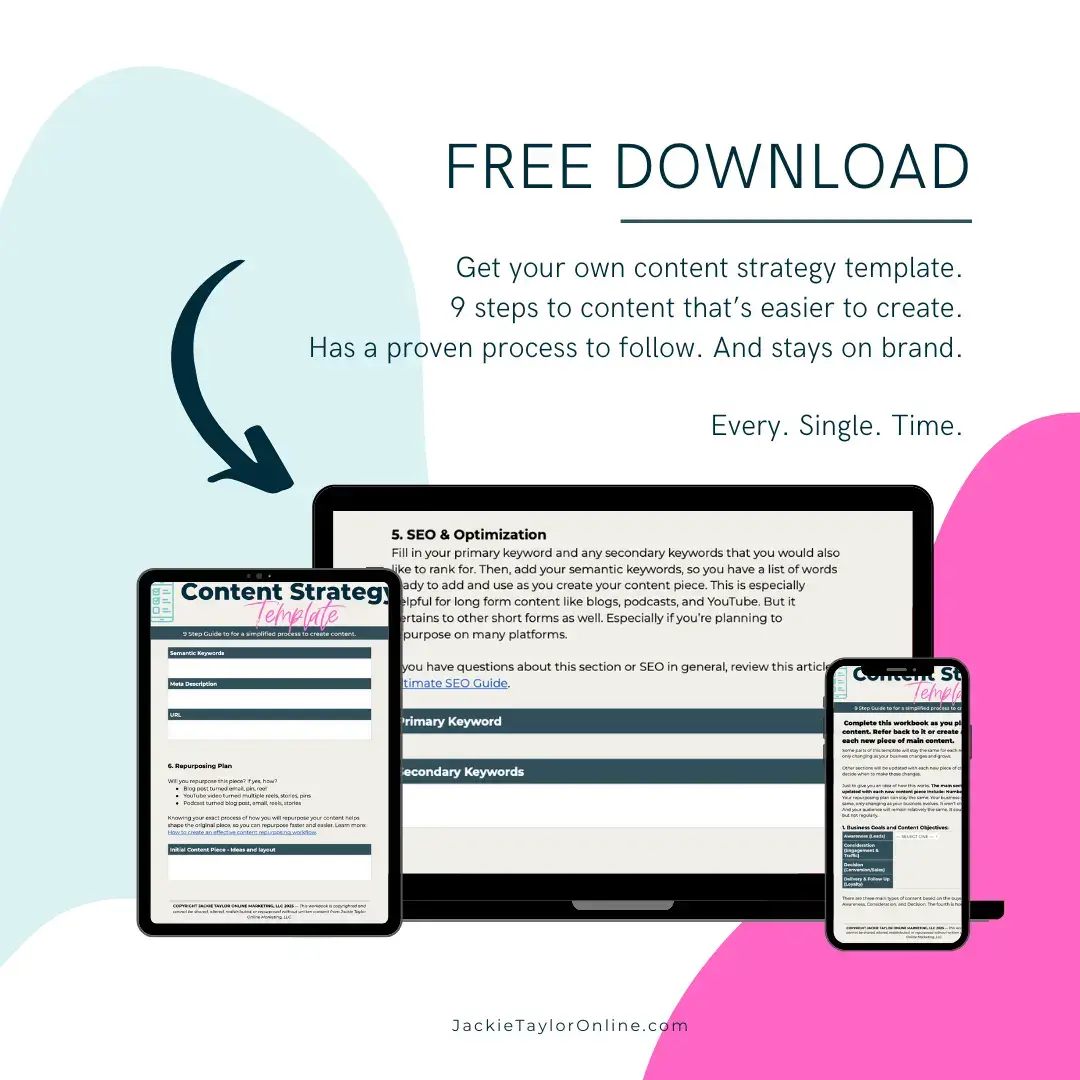

+ show Comments
- Hide Comments
add a comment